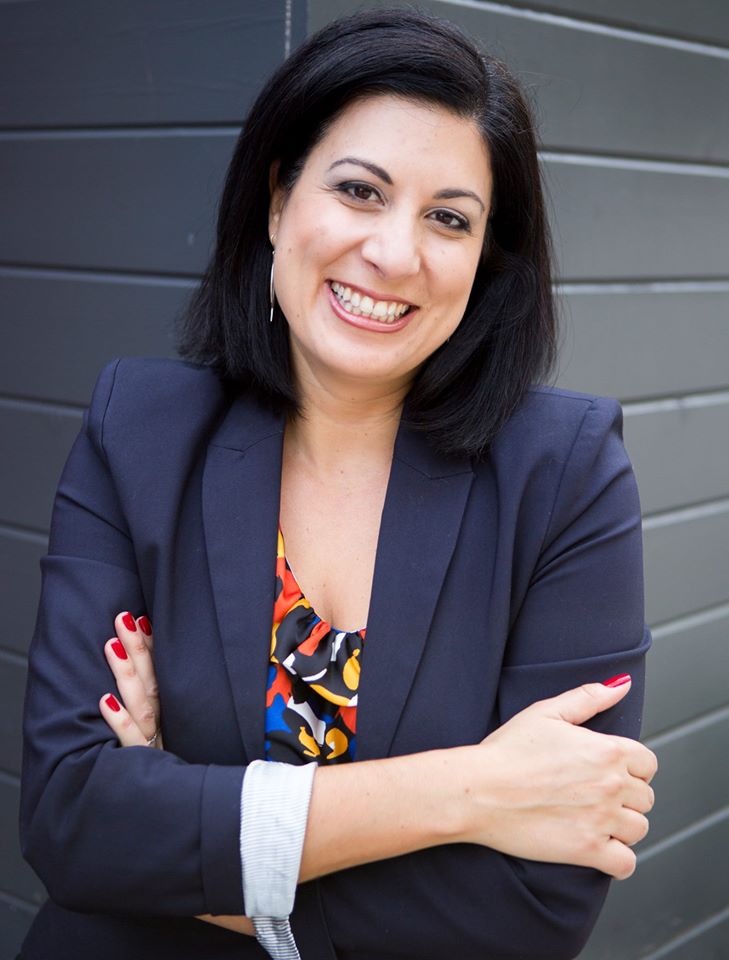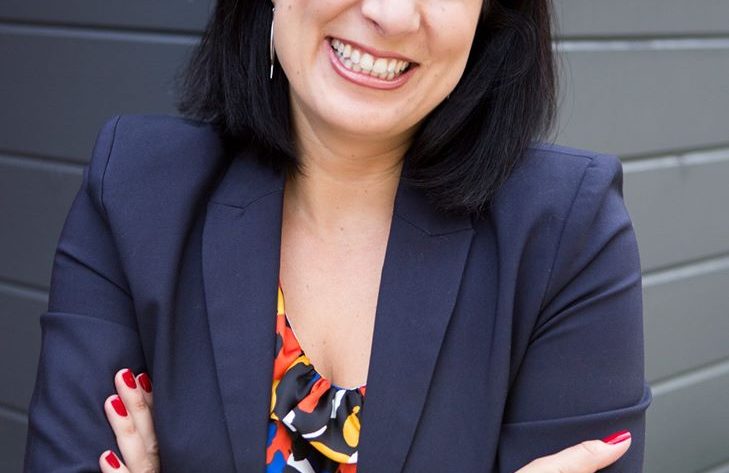by Monique Tallon, CPCC, ACC www.moniquetallon.com
 As a women’s leadership coach, I have had many clients who come to me wanting to switch careers, get promoted, or improve their leadership skills. Those are normal goals to bring into a coaching relationship. Throughout the ten years of experience working with these clients, I’ve noticed a consistent trend around the underlying blockages standing in the way of achieving those goals: a lack of self-confidence.
As a women’s leadership coach, I have had many clients who come to me wanting to switch careers, get promoted, or improve their leadership skills. Those are normal goals to bring into a coaching relationship. Throughout the ten years of experience working with these clients, I’ve noticed a consistent trend around the underlying blockages standing in the way of achieving those goals: a lack of self-confidence.
The Imposter Syndrome or lack of self-confidence usually shows up as an inner dialogue that makes the client feel like a fraud. I’ve dubbed these negative inner dialogues, saboteurs, or gremlins as our “Inner Bully” because let’s face it, isn’t that what bullies do? Bullies make fun, put down, and generally mock others to make them feel less than. The unfortunate reality is that many of us do this to ourselves through our subconscious thoughts and feelings. This results in beliefs that lead us to take actions that are counter to our goals and dreams, and in extreme cases can keep us stuck in the status quo. Because beliefs drive our actions (or inactions), it is integral to find ways to lower the volume on this Inner Bully and turn up the volume on our Inner Cheerleader.
The Inner Cheerleader is the part of the psyche that believes we are good enough, we are smart enough, and we do belong. We have a lifetime of achievements and successes to remind us of all the hard work, perseverance, and dedication it took to get to where we are now. One of the tools I use to help refocus my client’s attention on positive feelings and emotions is to help remind them about their achievements. Focusing on past successes and the qualities it took to get there can override the underlying feelings of lack or insecurity. Through concerted practice and in combination with other tools, we begin to rewire the neural pathways that make the client feel “not good enough” toward feelings of worthiness and self-esteem. Once we activate the Inner Cheerleader to replace the inner dialogue of the Bully, we can build the client’s belief in themselves which drives them into positive actions towards their goals and desired outcomes.
I have seen this work over and over again with my clients and have experienced the power of these tools through my own coaching and personal development process. I went from a person who had a very strong Inner Bully, someone who was shy to speak up in a small group of people during meetings, to a published author and keynote speaker on topics of women’s leadership. I attribute this transformation to the step-by-step process that I now teach to others. Through mindfulness practices, rewiring of the neural pathways to build more positive beliefs, and somatic tools and visualization exercises, we can help clients move forward. We can help them move from feelings of unworthiness and low self-esteem where they feel victimized, powerless or stuck to feeling more empowered and confident in themselves. Once they can inhabit this space, the possibilities are endless for the lives they can create – lives that have more meaning, more purpose and more joy.



